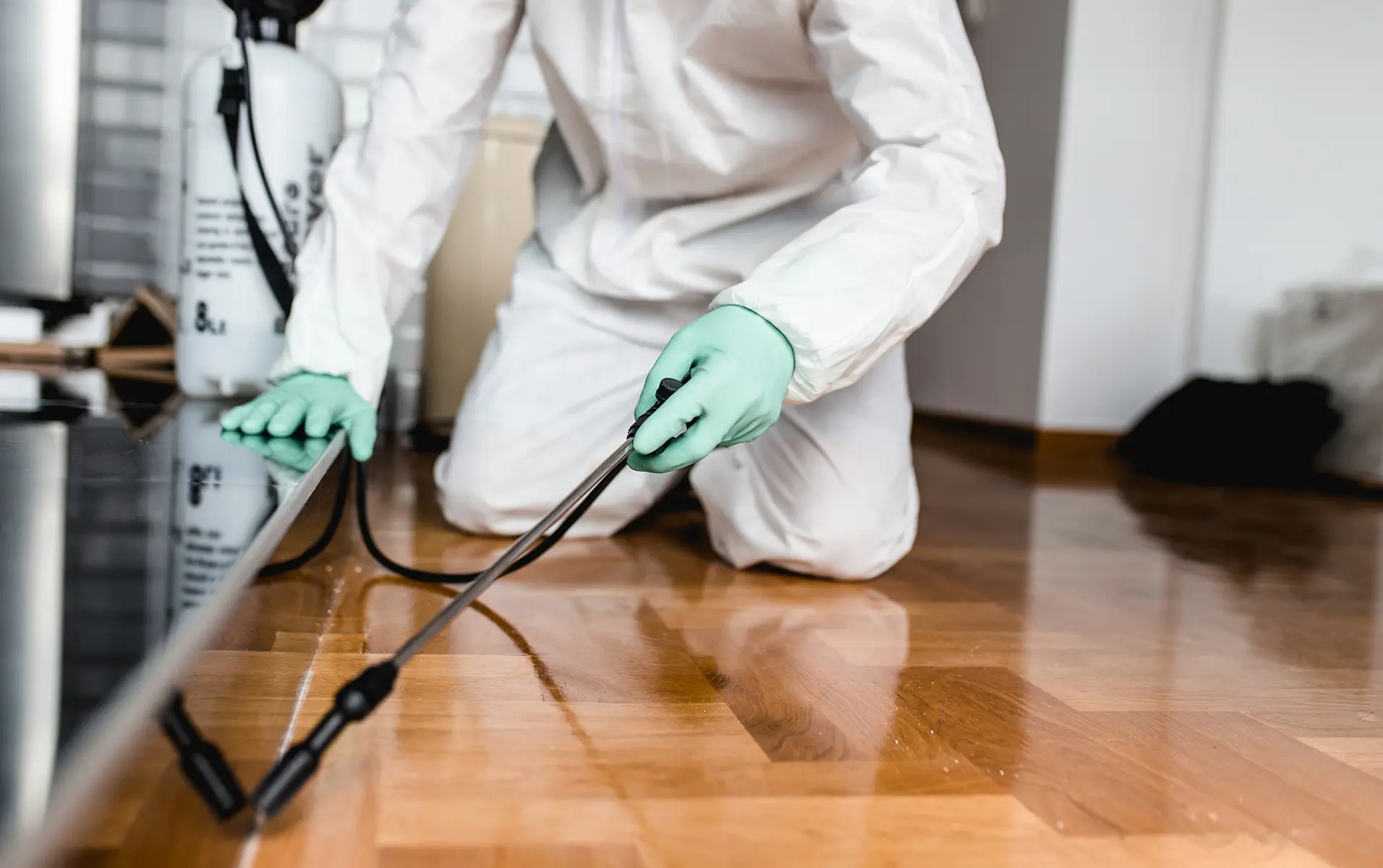Global warming is fundamentally transforming our environment, and its impact are becoming progressively clear in multiple aspects of our existence. One significant consequence of these shifts in climate is the influence on insect numbers, which can pose challenges for homeowners and businesses alike. As heat rise and weather patterns become more erratic, pests are adjusting and changing their behaviors, leading to more common infestations in our homes and neighborhoods.
Understanding the impact of climate change on insect management is crucial for creating successful strategies to keep our living spaces pest-free throughout the year. From spring pests to winter rodent problems, being cognizant of how climate fluctuations affect pest behavior can empower us to take preventive measures. This article will discuss typical household pests, the role of expert pest control, and practical tips for keeping a pest-free space in every season. Let's explore the critical information you require to safeguard your home and family against these tenacious intruders.
Comprehending Insect Habits and Global Warming
Global warming is transforming ecosystems across the globe, and bug groups are no exception. Rising temperatures and changing weather patterns are creating more beneficial conditions for many common household insects. For illustration, warmer winters enable insects like mattress bugs and roach to endure and multiply in areas where they previously faced challenges to exist. As published here keeps to heat up, pests may migrate into different regions, introducing with them a host of challenges for pest control.
Additionally, increased precipitation and humidity can amplify the threats posed by pests. Mildew and mildew thrive in moist conditions, often luring insects such as ants and ants that can inflict significant damage to properties and buildings. Homeowners must be diligent in recognizing these environmental changes, as they immediately lead to the spread of pests. Comprehending this relationship between weather and pest activity is essential for effective pest management strategies.
Ultimately, the impact of climate change on pests can also introduce new issues in controlling their populations. Conventional pest control practices may turn less effective as pests adjust to different conditions. For illustration, DIY pest control solutions may fall short as pests develop resistance to specific treatments. It’s essential for residents to stay informed about the changing pest landscape and explore more holistic approaches, including routine professional pest control assistance, to ensure their properties pest-free throughout the year.

Efficient Pest Management Techniques
To effectively handle pest populations in your home, it is important to adopt a combination of proactive measures, monitoring, and remediation strategies. Commence by ensuring that your home is properly sealed. This includes checking for cracks in walls, gaps around doors and windows, and sealing any paths where pests can get in. Ensuring a tidy living environment is also key; frequently cleaning your kitchen and dining areas minimizes food sources that attract pests. Additionally, removing standing water can aid mitigate many pest issues, especially mosquitoes.
Routine inspections carry a vital role in timely detection of pest problems. By monitoring areas where pests are apt to nest, such as basements, attics, and crawl spaces, you can detect potential infestations before they escalate. Setting up professional pest control services regularly can further enhance your home’s barriers. These specialists have the skills and tools necessary to recognize various pests and carry out successful control methods that are safe and eco-friendly.
When it comes to addressing existing infestations, it is important to decide on the suitable approach based on the type of pest and the seriousness of the problem. For instance, some household pests like ants and roaches may respond well to baiting systems, while others such as bed bugs might call for more thorough treatment plans. Always adhere to the guidelines for application and safety, especially when applying chemical treatments. By integrating these strategies, you can formulate a robust pest management plan that maintains your home without pests year-round.
Preventive Measures for Year-Round Pest Management
To keep a pest-free environment for the entire year, adopting preventive measures is essential. Start by sealing any cracks and crevices in your home’s exterior, as these gaps serve as entry points for different pests. Ensure that windows and doors fit tightly and install weather stripping if necessary. Regularly inspect your home for indications of pests and address any infestations right away to prevent further problems.
Additionally, maintaining clean indoor and outdoor spaces can substantially reduce the likelihood of pest invasions. Keep food stored in airtight containers and immediately clean up spills and crumbs. Outdoor areas should be kept tidy, with debris and standing water removed, as these draw pests like mosquitoes and rodents. Proper waste management also plays a critical role, so ensure trash bins are sealed and removed regularly.
Lastly, think about scheduling regular pest inspections with a licensed pest control service. These inspections can spot potential issues before they escalate, providing peace of mind and ensuring that your home remains secure year-round. With vigilance and forward-thinking measures, you can successfully manage pest populations and safeguard your living space.
